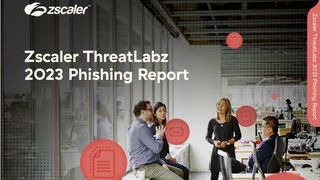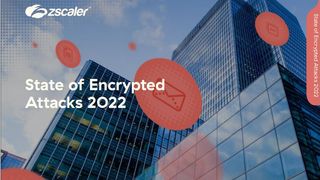Windows 8 vs Mac OS X Mountain Lion head-to-head review
A comprehensive look at the UI, software, security and business features to see which OS is top dog.
Different editions
There's no doubt OS X is easier to understand when it comes to the different versions because there aren't any. Mountain Lion is version 10.8, and it costs 14 to upgrade as long as your device runs OS X 10.6 or later.
It's a different story when it comes to Windows 8. Microsoft sells four versions: a standard edition, Pro and Enterprise releases, and an ARM-based RT variant. None are cheap: the standard version costs 70, Pro software is 108 for an OEM version, and the Enterprise edition is only available by talking to Microsoft directly. Volume licensing options are available, but at least you don't have to buy an expensive Apple machine in order to run the software.
Apple keeps it simple with one core package including all the features.
The basic version of Windows 8 is designed for home users, the Pro variant adds Remote Desktop, Windows Server options, encryption tools and BitLocker, and the Enterprise edition installs Windows To Go, virtualisation utilities and several tools designed for bigger businesses.
Windows 8 RT is a cut-down version of the OS designed for devices powered by ARM processors. It only comes pre-installed on tablets and hybrid machines, and includes touch-optimised versions of Office 2013's Word, Excel, PowerPoint and OneNote applications. The downside is that RT only runs apps installed from the Windows Store, so desktop apps won't work.
Apple takes the crown on simplicity, upgrade price is cheaper than Microsoft's current offerings. There's no chance of getting confused by different OS X versions that pack in different features and work on different hardware.
WINNER: Apple
Get the ITPro. daily newsletter
Receive our latest news, industry updates, featured resources and more. Sign up today to receive our FREE report on AI cyber crime & security - newly updated for 2024.
Business features
Microsoft has its roots in business, so it's no surprise that the Pro and Enterprise versions are packed with features design to thrive in the office.
Pro users get Remote Desktop for both client and host, BitLocker and EFS, partial app sideloading, VHD booting, domain and group policy tools and Hyper-V. Enterprise users get a little more: AppLocker, Windows To Go, BranchCache and virtualisation tools are all included.
The standard version of Microsoft's OS has multi-monitor support, an improved Task Manager and Exchange ActiveSync support not strictly business features but ones that help end users.
It's a good start, and Windows 8.1 will add even more. There's support for wireless secondary displays, auto-triggered VPNs, NFC pairing with printers and the ability for devices with mobile broadband to function as wireless hotspots. IT departments will also be able to standardise Start screen apps across swathes of corporate computers.
Apple used to differentiate its consumer and enterprise software with separate OS X Server releases but this stopped with the release of Mountain Lion. Instead, the tools and administration utilities included in the OS are now rolled in to a 20 management app called Server. It's the same situation for Mavericks, which will feature improved networking options and performance tweaks.
Apple's lack of different OS X versions means it's not quite as stacked with business features as Windows 8, so it's Microsoft that still takes the crown in business.
WINNER: Microsoft
Mike Jennings has worked as a technology journalist for more than a decade and has been fascinated by computers since childhood, when he spent far too long building terrible websites. He loves desktop PCs, components, laptops and anything to do with the latest hardware.
Mike worked as a staff writer at PC Pro magazine in London for seven years, and during that time wrote for a variety of other tech titles, including Custom PC, Micro Mart and Computer Shopper. Since 2013, he’s been a freelance tech writer, and writes regularly for titles like Wired, TechRadar, Stuff, TechSpot, IT Pro, TrustedReviews and TechAdvisor. He still loves tech and covers everything from the latest business hardware and software to high-end gaming gear, and you’ll find him on plenty of sites writing reviews, features and guides on a vast range of topics.
You can email Mike at mike@mike-jennings.net, or find him on Twitter at @mikejjennings





